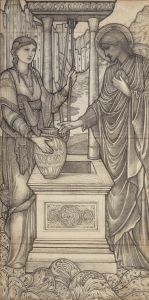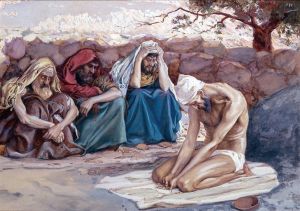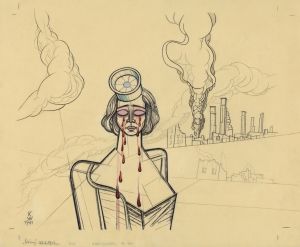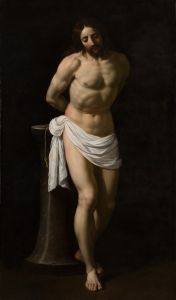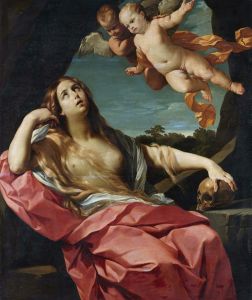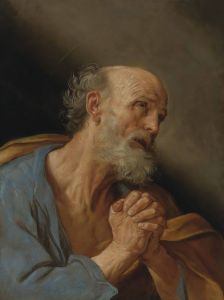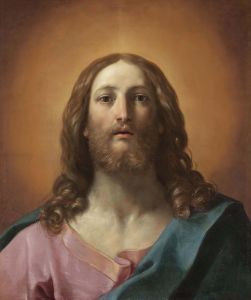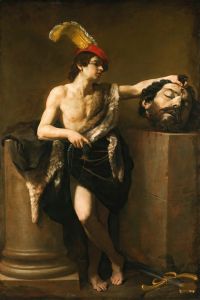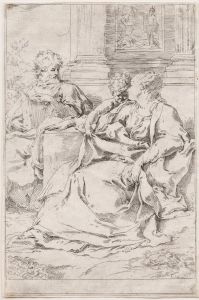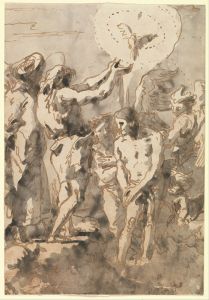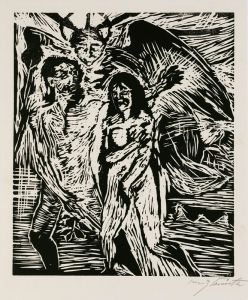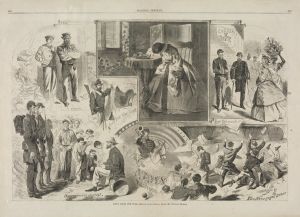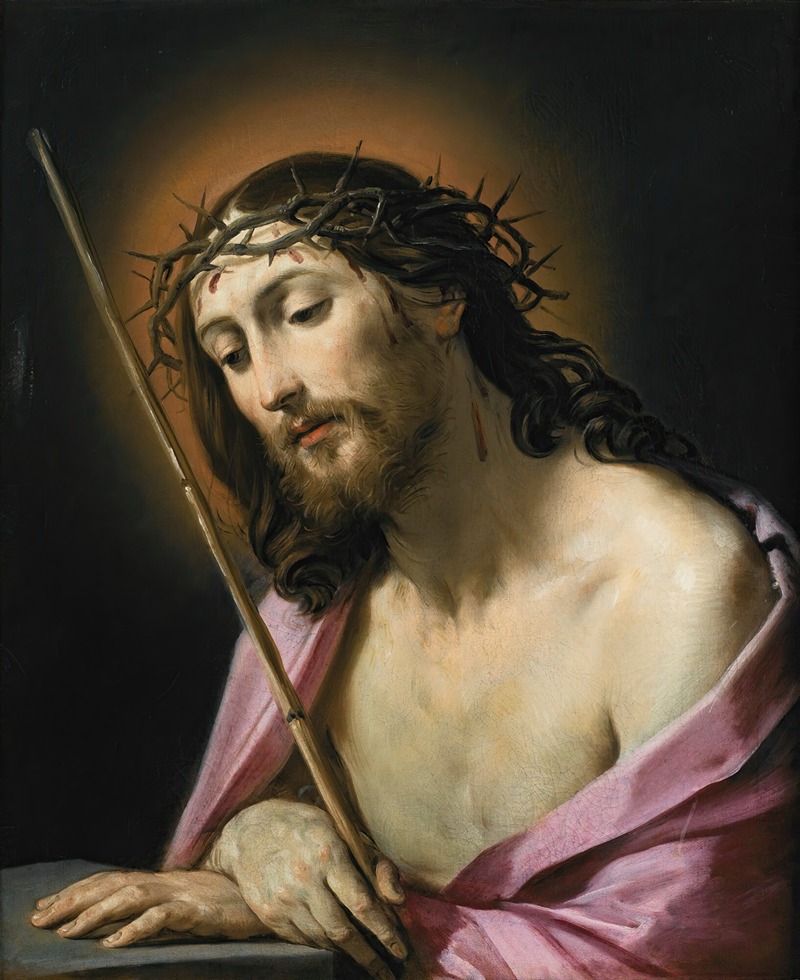
Christ As Ecce Homo
A hand-painted replica of Guido Reni’s masterpiece Christ As Ecce Homo, meticulously crafted by professional artists to capture the true essence of the original. Each piece is created with museum-quality canvas and rare mineral pigments, carefully painted by experienced artists with delicate brushstrokes and rich, layered colors to perfectly recreate the texture of the original artwork. Unlike machine-printed reproductions, this hand-painted version brings the painting to life, infused with the artist’s emotions and skill in every stroke. Whether for personal collection or home decoration, it instantly elevates the artistic atmosphere of any space.
Guido Reni's Christ as Ecce Homo is a Baroque painting that depicts the biblical scene of Christ presented to the crowd by Pontius Pilate, as described in the Gospel of John (19:5). The phrase "Ecce Homo," meaning "Behold the Man" in Latin, refers to Pilate's words as he shows the scourged and crowned Christ to the people. This subject was a common theme in Christian art, particularly during the Renaissance and Baroque periods, as it encapsulates themes of suffering, redemption, and divine sacrifice.
Reni, an Italian painter born in Bologna in 1575, was one of the most prominent artists of the Baroque era. Known for his refined and idealized style, Reni often depicted religious subjects with a sense of grace and emotional depth. His works are characterized by their luminous color palette, delicate handling of light, and the serene expressions of his figures.
In Christ as Ecce Homo, Reni portrays Christ wearing the crown of thorns, a symbol of his suffering and humiliation. The painting emphasizes Christ's humanity and vulnerability, with a focus on his sorrowful yet composed expression. Reni's use of chiaroscuro—contrasting light and shadow—enhances the emotional impact of the image, drawing attention to Christ's face and the wounds on his body. The composition is simple and intimate, allowing viewers to focus on the spiritual and emotional resonance of the scene.
The exact date of the painting is not definitively known, but it is generally attributed to Reni's mature period, when he produced many of his most celebrated works. Reni's Ecce Homo paintings were highly influential and widely admired, and he created multiple versions of this subject throughout his career. These works were sought after by patrons across Europe, reflecting the popularity of devotional images during the Baroque period.
Today, various versions of Christ as Ecce Homo attributed to Reni can be found in museums and private collections. However, due to the high demand for Reni's works during his lifetime and the subsequent production of copies and imitations by his followers, the attribution of some versions remains a topic of scholarly discussion.
Guido Reni's Christ as Ecce Homo continues to be appreciated for its artistic merit and its ability to convey profound religious themes through a combination of technical skill and emotional sensitivity.





